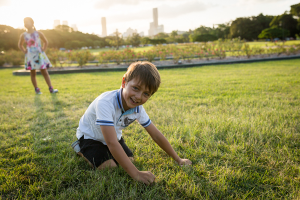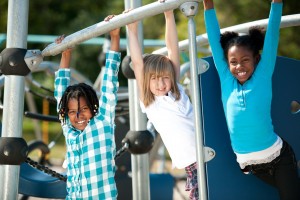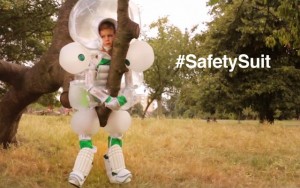Resilience in our children ultimately will be something that comes from within themselves, but our support and that of the support networks around them will aid that growth and offer them ongoing places for advice, guidance and help.
Obtaining support from other people and experiencing some predictability in life promotes resilience by building a child’s sense of being valued, competent and having some control over situations that may arise.
Humans are naturally sociable creatures and helping our children connect with other people strengthens resilience by providing the opportunity for social support and the belief that such support is available when needed.
- It can be helpful to discuss with your child who they identify as people they can access support from and how they would get the assistance they need in various situations.
 Encourage your child to pick at least five people then assign each person to a finger or thumb on one hand. This can help your child remember who those support people are, e.g. my teacher is my pointer finger.
Encourage your child to pick at least five people then assign each person to a finger or thumb on one hand. This can help your child remember who those support people are, e.g. my teacher is my pointer finger.
- Role play various scenarios with your child to help them figure out who they would contact for support, how they would contact them, what they would say to explain the situation, etc. This can help build your child’s confidence in managing situations that may arise.
 Encourage your child to be a friend in order to make and keep friends. Being involved in social, sporting, cultural, school, or spiritual events and groups can also promote a child’s sense of belonging, self worth, and belief that they are surrounded by people who will support them when in need.
Encourage your child to be a friend in order to make and keep friends. Being involved in social, sporting, cultural, school, or spiritual events and groups can also promote a child’s sense of belonging, self worth, and belief that they are surrounded by people who will support them when in need.
Read more: Resilient kids need competent adults




 Backing off at the playground
Backing off at the playground 